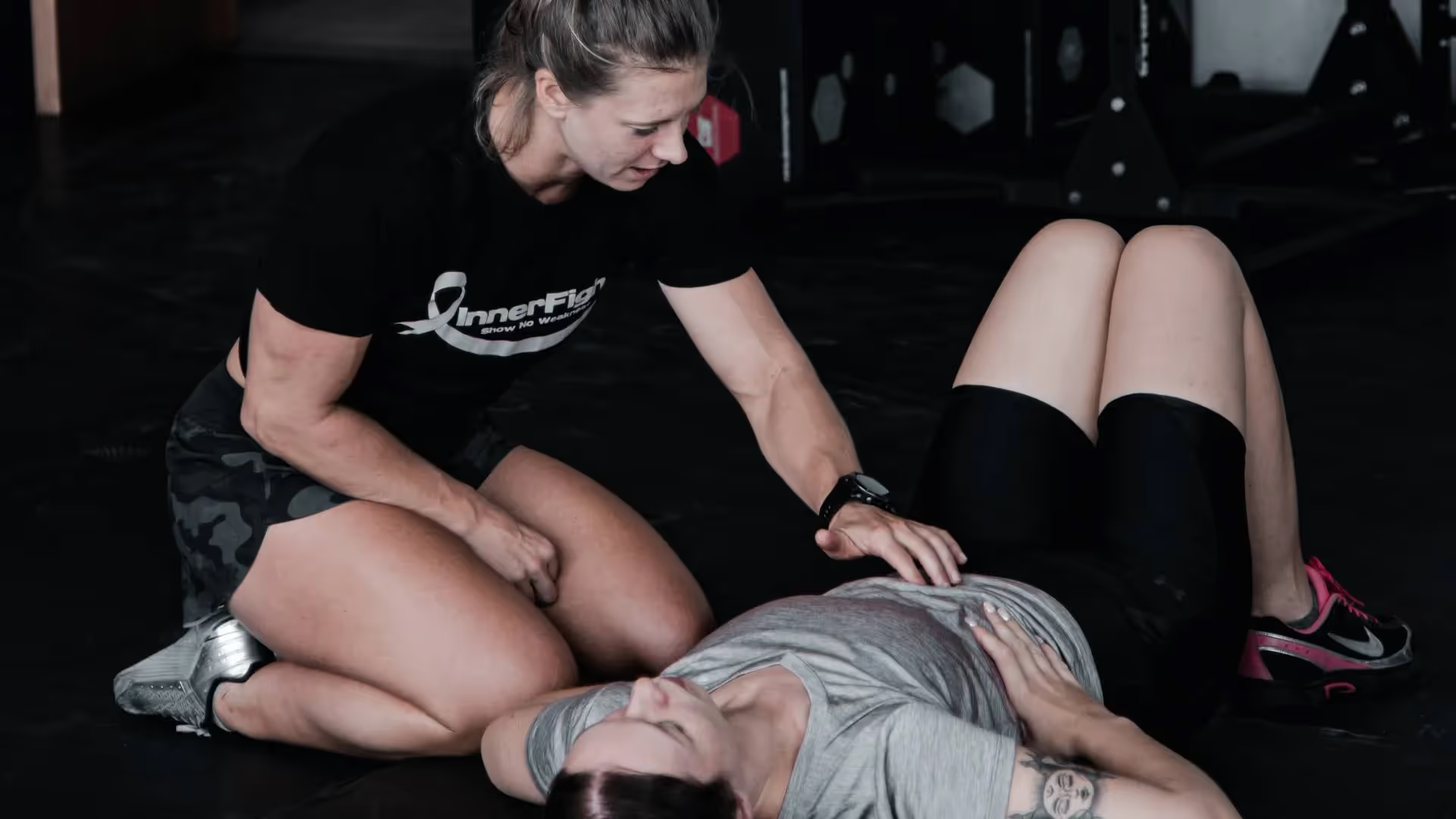Starting to Exercise Postpartum

When returning to exercise postpartum, a shift in mindset can be needed.
You may be eager to get back into training like before, although your body isn't fully recovered from the pregnancy yet.
Even when you get the “green light” from the doctor to go back to training, this doesn’t mean you should pick up where you left off before.
What are the benefits of exercise after pregnancy?
Exercising after pregnancy is one of the best things you can do. These are the main benefits for postpartum women:
- Helps to strengthen and tone abdominal muscles
- Promotes better sleep
- Helps with weight management
- Boosts energy and relieves stress
- Raises energy levels so you feel less tired
When can I start exercising after pregnancy?
This is a complicated question and depends on a lot of factors including how fit you were before you had your baby, what happened during your labour and the type of birth you had.
In general, you shouldn’t return to your previous level of exercise until 4 to 6 months after you had your baby. Once your bleeding has stopped and everything has healed, it’s okay to start very gentle swimming.

Most women will get a check-up by the doctor after six weeks, and if everything is good, they will get the green light to start working out again.
Focus on healing
Before starting to exercise postpartum, you should take some time to focus on the healing process. It’s also important to set up routines that include taking time for yourself. This will help you get a little more control over things.
- If you can, see a pelvic floor therapist and follow their advice
- You can start doing breathing and kegel exercises as soon as you get back from the hospital
- Eat nutritious food that helps you feel good and recover faster
- Try to get enough sleep (which I know is difficult with a newborn!)
- Go for walks outside
How to start exercising after pregnancy
It's wise to start a postpartum program that will help you reconnect with your body before hitting the gym or going for a 10k run like you used to do. See it as rehabbing the body after an injury, when you will take your time to build the tissue around the wound stronger to support the load.
An excellent postpartum program can help you:
- Learn how to move better with your body’s changes
- Teach you different breathing patterns that will help to support the pelvic floor while exercising or doing daily tasks
- Troubleshoot any symptoms, tendencies or movements that might cause issues and show you how to deal with them
- Allows you to connect with other moms that have gone through similar experiences
If the above resonates with you, join me during a small group PT session. The first one is on me!
Take things slowly and listen to your body
You have just undergone a complete transformation of your body and for many women it will never go back to the exact way it was. The main priority is for your body to completely heal.
For example, if your pelvic floor is weak then any kind of abdominal pressure will strain the pelvic floor and slow down healing. Take extra care of your joints and don’t force through any tweaks – your body produces a hormone called Relaxin to soften the joints during pregnancy and it stays in the body for a long time.
Like with any exercise, it’s also important to stay hydrated and rest when you need to.
If you want to learn more about how a postpartum exercise class can help you, contact me on cb@innerfight.com.




.jpg)
.avif)
.jpg)
.jpg)

.avif)




